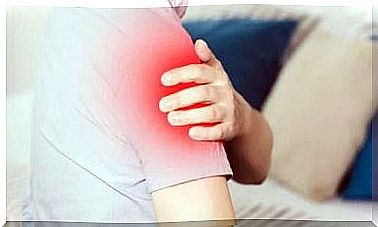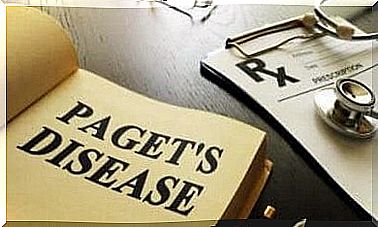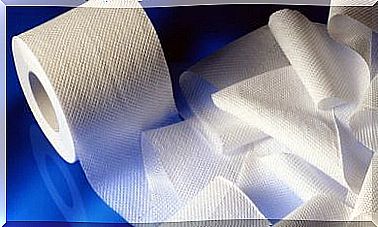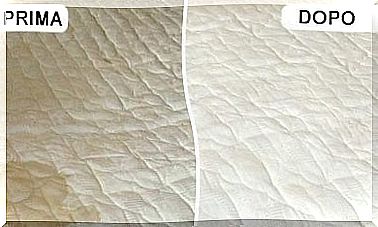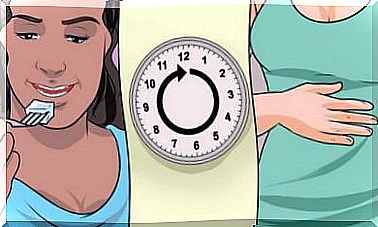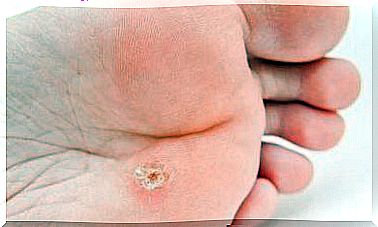Hyperthermia: Causes, Symptoms And Treatment

Treatment of hyperthermia depends on the type and cause that caused it. Before talking about possible interventions, it is good to understand better what it is.
Today we will talk about hyperthermia.
What is meant by hyperthermia?
This term indicates a set of conditions related to body heat. It is precisely a regulation disorder characterized by an increase in core body temperature above 37 °.
It can be caused by a defect in the heat dissipation system or by the presence of one or more diseases. We will see, later, the causes in detail.
It should be emphasized that hyperthermia is a different concept from the feverish state. Fever is a reaction of the body that leads to an increase in temperature compared to normal values and in order to defend itself from external pathogens.
Causes of hyperthermia
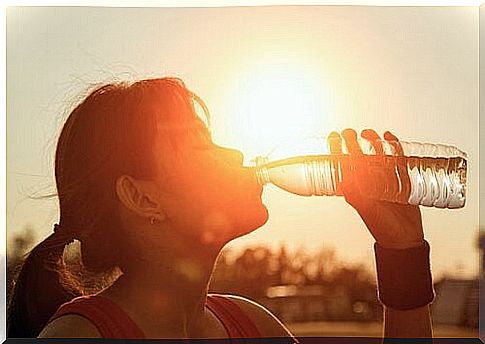
First of all we talk about primary hyperthermia when it is not the consequence of a previous pathology of the patient, but of exposure to a very high temperature. Secondary hyperthermia, on the other hand, is the result of a pre-existing pathology.
There are several factors that can trigger an episode of this type. First, an intense increase in heat can be linked to an imbalance in the mechanisms of thermogenesis.
Or it can occur when you are exposed to a very high ambient temperature for a long period of time; although the thermoregulation mechanisms, such as sweat, work properly, it is not possible to disperse the heat.
Another cause is the side effect of some medications. Between these:
- Drugs that mimic the messengers of thermogenesis mechanisms, such as corticosteroids or sympathomimetics.
- Those that damage or alter the activity of tissues related to thermogenesis, inducing hyperactivation. An example is anesthetics which can cause malignant hyperthermia.
Hyperthermia can, again, arise from a metabolic, nutritional problem or as a result of a lesion in the central nervous system.
Symptoms
If hyperthermia is the result of intense physical exertion in a very hot environment with intense sweating, muscle cramps, pain, nausea, dizziness and extreme fatigue can occur.
In the event that the patient has not made any physical activity, he may experience nausea and vomiting. Headaches, myalgia and sudden mood swings are also common.
In addition, a series of symptoms such as tachycardia and hypotension can be activated. The skin, due to the weakness caused by the heat, generally appears pale, cold and sweaty.
In the case of heat stroke, however, the skin appears red, hot and dry.
Treatment of hyperthermia
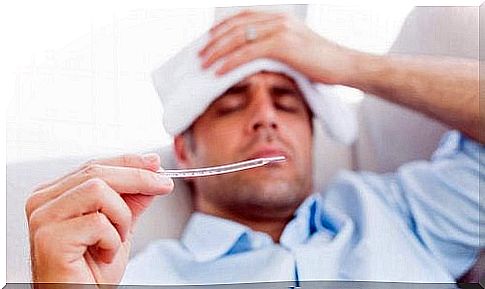
As we have said, the treatment of hypothermia depends on the cause that triggered it.
If it is related to heat stroke, there are two ways to go. First you need to lower your body temperature, then you need to prevent and manage complications.
Regarding the first measure, it is necessary to refresh the patient continuously with cold compresses, immersion in cold water, moistening the skin and continuous exposure to drafts.
If, on the other hand, the hyperthermia is caused by drugs, the treatment is different and must begin with the suspension of the responsible drug.
Furthermore, careful hemodynamic and analytical monitoring must be performed, as well as correcting the hydroelectrolytic alterations.
In cases where it is necessary, oxygen therapy can be used. In some conditions dantrolene is given as a muscle relaxant.
Finally, if the hyperthermia is due to physical exertion, this must be stopped immediately. Moving to a cooler place and drinking fluids are two key actions.

